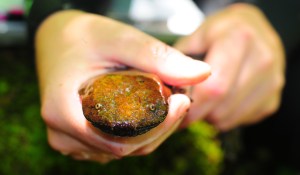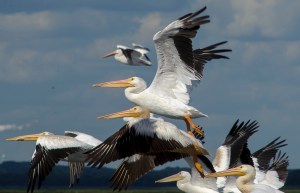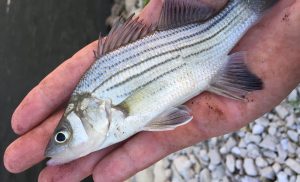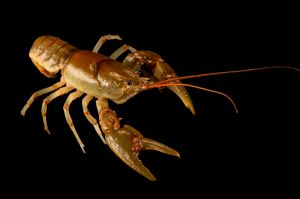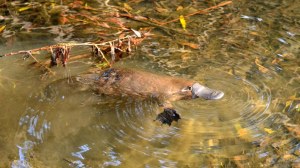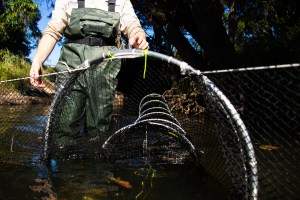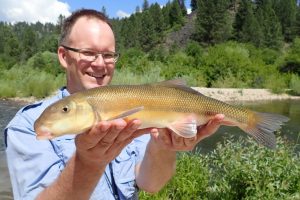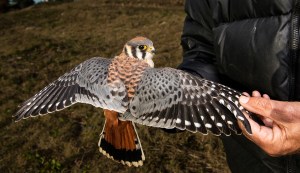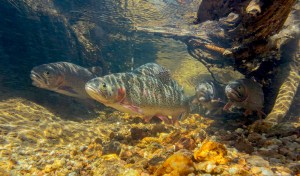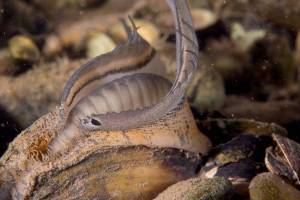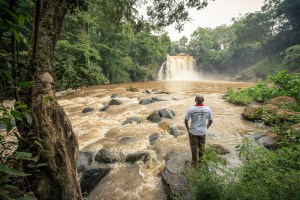Discover stories in Fresh Water
Hellbenders Need You to Stop Messing With Their Bedrooms
That streamside rock cairn you posted on Instagram? It’s killing ancient salamanders.
Restoring Emiquon’s “Wetland of Dreams”
Restoring a large cornfield to a wetland isn’t a glimpse at the past, but a look to conservation’s future.
50 Fish, 50 States: Trout at 11,000 Feet
Fishing for a (formerly) extinct fish in the Colorado Rockies.
50 Fish, 50 States: The Bass of Emiquon
Chasing bass on a former cornfield turned restored wetland in Illinois.
Radio Tracking a Rare Crayfish
The Guyandotte crayfish was thought to be extinct. But it’s back.
Can Platypus Persist Alongside People?
Under threat from urban development, can this iconic Australian animal survive alongside us?
A Night With the Platypus Scientist
Trapping for platypus is akin to searching for a needle in a haystack. A very adorable needle.
50 Fish, 50 States: A Conservation Journey
A quest to catch 50 fish in 50 U.S. states – and to use each adventure to tell a conservation story.
Life, Death & Bird Cam Drama at the Great Salt Lake
Season two of the Utah kestrel cam returns, with more drama than ever. Tune in now to see chicks in the nest!
Recovery: The Once and Future Greenback Cutthroat Victory
The greenback cutthroat was lost and then found, then lost again. But now it’s back.
The Strange Sex Life of Freshwater Mussels
The mussel’s sedentary lifestyle presents, well, certain mating challenges.
Experimenting with Water Funds + Behavior Change
Can targeted, farm-level recommendations spark adoption at the scale needed to ensure the city of Nairobi a sustainable water supply? TNC scientists are experimenting to find out.
